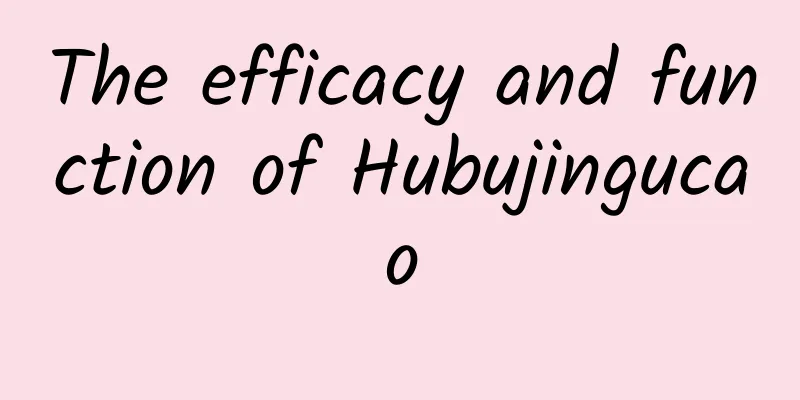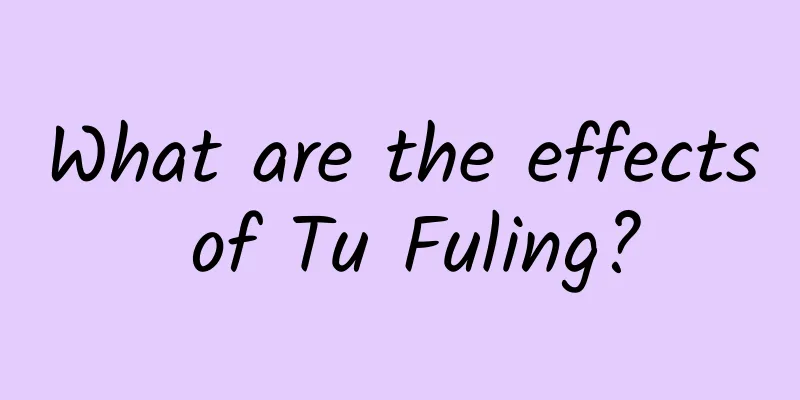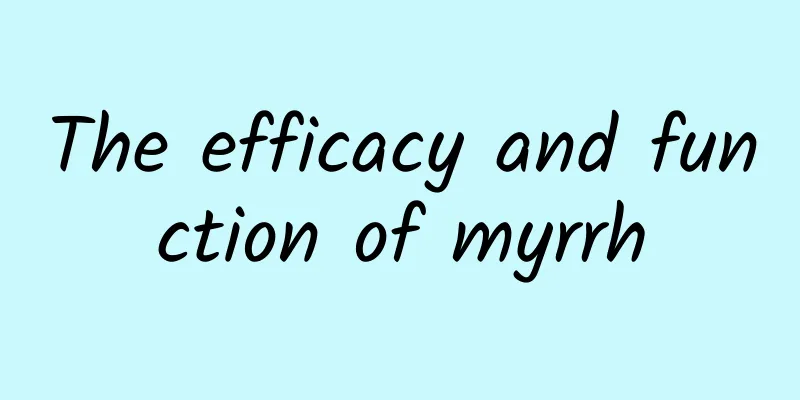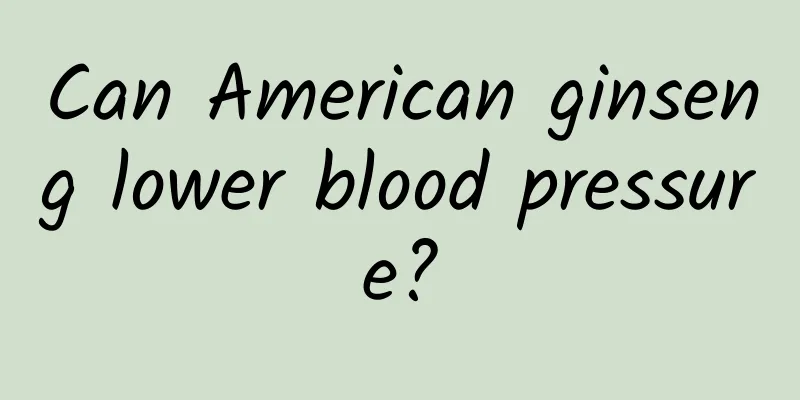The efficacy and function of Hubujingucao

|
As people's research on traditional Chinese medicine deepens, they gradually understand the detailed ingredients in various traditional Chinese medicines and the impact of these ingredients on everyone's health. Below I would like to recommend a Chinese medicine, Hubu Jingu Cao, to you all and describe the effects of Hubu Jingu Cao in detail. I hope it will be helpful to your study and research. [Other names] White-haired selfheal (Common Chinese Herbal Medicines in Tibet), Achyranthes bidentata (Handbook of Plateau Chinese Herbal Medicine Treatment), Shengdougarmo (Tibetan name). [Source] It is the whole herb of Ajuga scabra, a plant of the Lamiaceae family. Harvest in June to July, wash, remove the fibrous roots, and dry. [Original form] Perennial herb, 4 to 20 cm high. The stem is erect. Quadrangular, branched at base, with short soft hairs. Leaves are opposite, elliptic-lanceolate, rectangular to oblanceolate, 2.5-8 cm long, 0.9-3 cm wide, obtuse or pointed at the apex, gradually narrowed at the base, entire or with irregular blunt teeth, pubescent on both sides and edges. The spike inflorescence is 3 to 11.5 cm long; the bracts are ovate to elliptical, about 3.9 cm long, about 2.7 cm wide, and gradually pointed at the apex; the calyx is nearly bell-shaped, 5-lobed, and the lobes are nearly lanceolate. The apex is gradually pointed, with pubescent margins; the corolla is white, dichaete, with a small upper lip with 2 lobes, a large lower lip with 3 lobes, the middle lobe about twice the length of the lateral lobes, the base of the corolla tube is geniculate, about 1.2 cm long, 2.3 mm wide, and pubescent; there are 4 stamens, 2 strong, the upper 2 are the same length as the lateral lobes of the corolla, and the lower 2 are longer, inserted above the middle of the corolla tube and extending out of the corolla, the filaments are 5-8 mm long, the base is flat, and the anthers are T-shaped; there is 1 pistil, the style is about 1.8 cm long, and the stigma is 2-lobed. The nutlets are black, obovate-elliptical, with reticular wrinkles and fine hairs. Seeds are oval, dark brown. Flowering period is from July to August. [Habitat distribution] It grows on ridges beside fields, river valleys, and in shady and wet places in wilderness. Distributed in Gansu, Qinghai, Shanxi, Hebei, Yunnan, Sichuan, Tibet and other places. [Properties and flavors] "Commonly used Chinese herbal medicines in Tibet": "bitter, cold." 【Meridian】 "Handbook of Plateau Chinese Herbal Medicine Treatment": "Enters the liver and kidney meridians." 【Functions and indications】 Clears away heat and detoxifies, promotes blood circulation and reduces swelling. Treat colds, wind-heat, sore throat, cough, vomiting blood, hypertension, facial paralysis, and pain caused by falls. [Usage and Dosage] For oral use: decoct in water, 3 to 5 qian. 【Excerpt】 《*Dictionary》 [Source] From the Qinghai-Tibet Plateau Drug Atlas The above is a detailed introduction to the effects and functions of Hobuguca. When choosing it, pay attention to the dosage to avoid causing harm to your body. |
<<: The efficacy and function of Artemisia annua
>>: The efficacy and function of yellow boro fruit
Recommend
The efficacy and function of lotus leaf
Lotus leaf is a very common Chinese medicinal mat...
For the first time in the world, a three-dimensional simulation of a "supernova" has finally been achieved, which is 100 times brighter than a supernova!
[Mobile software: Bo Ke Yuan] For most of the 20t...
Did dinosaurs love to chew on dinosaur legs? What did Gorgosaurus eat for its "last supper"?
The study of Tyrannosaurus Rex and its relatives ...
The efficacy and function of bonnet fern
Bone fern is a kind of traditional Chinese medici...
Causes of lymph node pain in female thigh root
The lymphatic tissue at the root of the thigh is ...
World Immunization Day | How to enhance children's immunity? Click here to see the answer
The weather is cold in winter, and some children ...
What are the effects and dosage of Astragalus?
Most people like to buy Chinese medicine after ge...
The efficacy and function of Photinia fraseri root
The essence of traditional Chinese medicine is to...
The efficacy and function of Chinese medicine Qianghuo
I don’t know if you have seen Qianghuo in your li...
How to secretly take photos of me at work? This year's "Funny Wildlife Photo Award" is full of emojis!
It's Wednesday, does anyone want to go to wor...
The efficacy and function of lotus clothing
Lotus skin has attracted our attention in our liv...
The super moon will appear! Come and see it tomorrow night
Poster production: Feng Juan According to astrono...
The efficacy and function of small-leaf golden old plum
Small-leaf golden old plum is a common Chinese me...
The efficacy and function of tortoise shell [picture]
Turtle shell [picture] is something that many peo...
Do you have the same stutter as Shen Gongbao? The doctor teaches you how to speak smoothly from "stuttering"
The domestic animated film "Nezha: The Devil...









